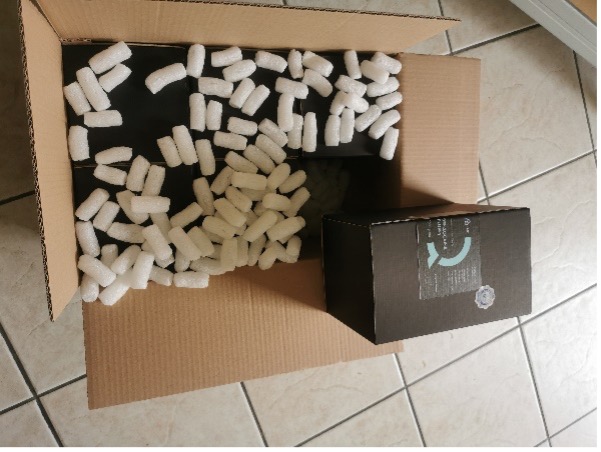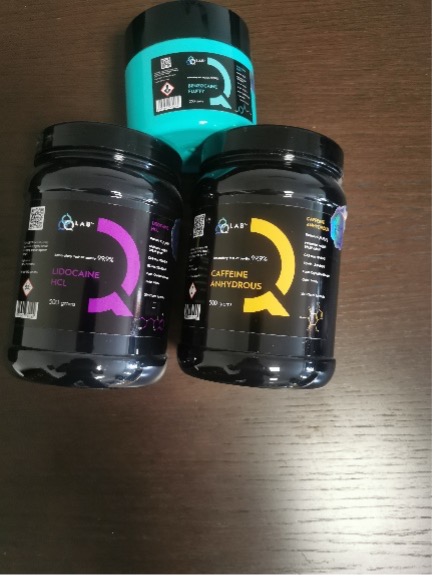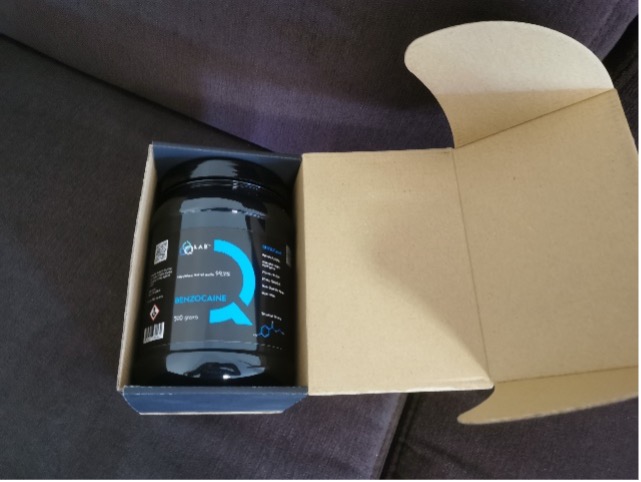You can trust us
Recommendations
🇬🇧 JJ, Ireland
Read More
Fast and easy, Thx !
🇮🇪 Scott , Ireland
Read More
Thank you for the quick delivery and professional packaging.


🇮🇪 Emily, Ireland
Read More
I have already ordered the second time and everything is OK :)
🇮🇪 Emily, Ireland
Read More
I have already ordered the second time and everything is OK :)
🇬🇧 Danny, Ireland
Read More
I like such cooperation - Top Man
🇮🇪 Andy, Ireland
Read More
I recommend, the parcel arrived in great condition and on time !!!


🇬🇧 Jessica, UK
Read More
I ordered three different products, all of them positive!!!


🇮🇪 Scott , Ireland
Read More
Thank you for the quick delivery and professional packaging.


🇺🇸 Captain Hook, USA
Read More
Great price for such quality *****


🇮🇪 Emily, Ireland
Read More
I have already ordered the second time and everything is OK :)
🇮🇪 Emily, Ireland
Read More
I have already ordered the second time and everything is OK :)
🇬🇧 Danny, Ireland
Read More
I like such cooperation - Top Man
🇬🇧 JJ, Ireland
Read More
Fast and easy, Thx !
Sign up and receive information about promotions
